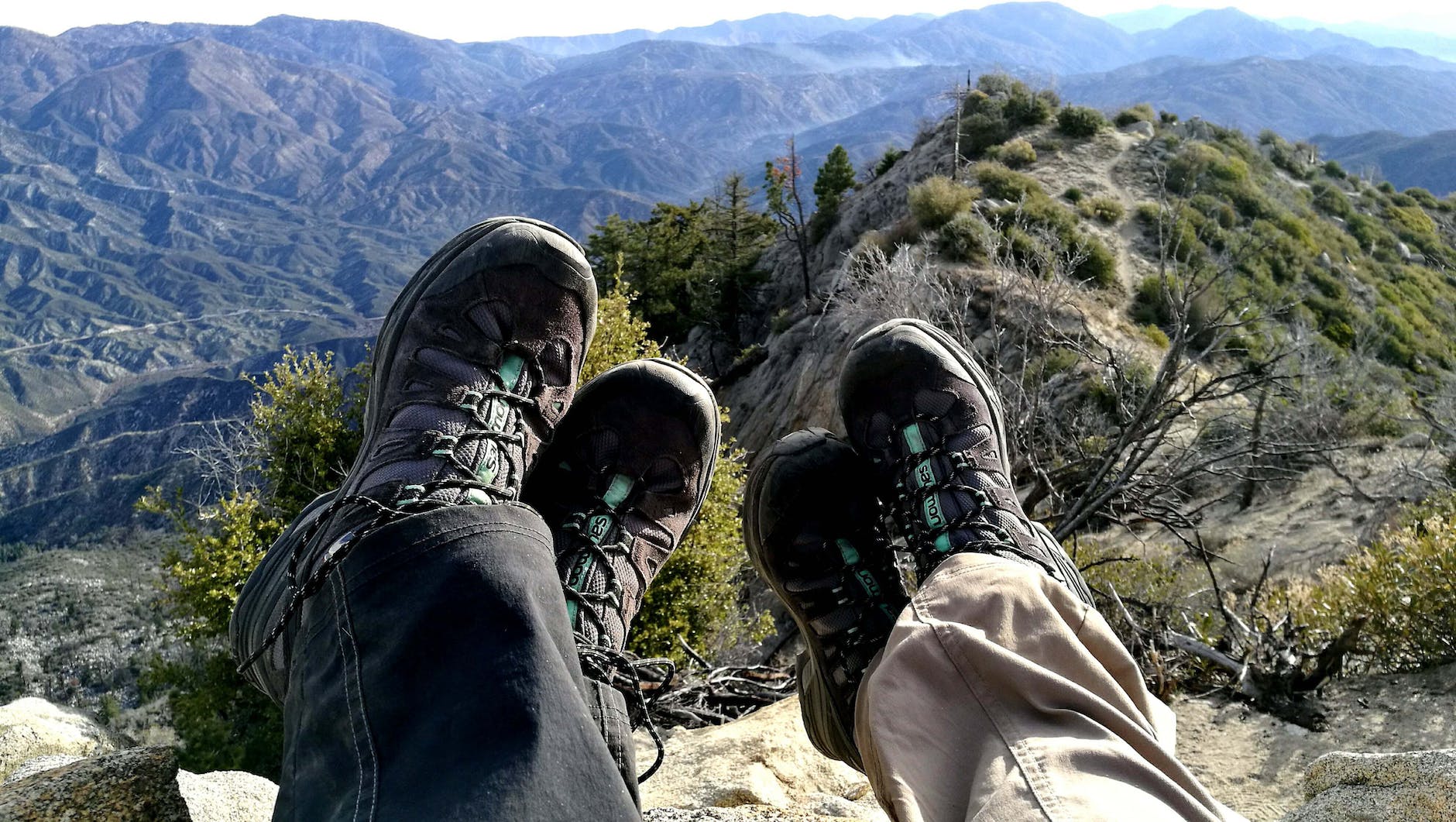Traveling is a thrilling adventure, whether you’re exploring new cities, hiking in the mountains, or lounging on a tropical beach. However, it often involves long hours of walking and standing, which can take a toll on your legs. This is where compression gear, particularly compression socks for hiking, can be your best travel companion. In this article, we’ll delve into the world of compression gear and discover how to find the right compression socks to elevate your travel experience.
Why Compression Gear Matters
Before we dive into choosing the perfect compression socks for your next trip, let’s understand why they are essential. Compression gear, including socks, sleeves, and stockings, is designed to improve blood circulation and reduce swelling and fatigue in your legs. This is particularly important during travel when you’re likely to spend extended periods sitting or standing.
Benefits of Compression Socks for Travel
Enhanced Blood Flow
Compression socks gently squeeze your legs, which helps blood flow back to the heart more efficiently. This can reduce the risk of blood clots and alleviate leg discomfort during long flights or car rides.
Reduced Swelling
Prolonged sitting or walking can lead to swollen ankles and feet. Compression socks help prevent this by promoting the movement of excess fluid from the legs.
Less Fatigue
Your legs will feel less tired and achy after a day of sightseeing or hiking when wearing compression socks. This means you can make the most of your travel experience without being slowed down by discomfort.
Choosing the Right Compression Socks
Now that we understand the importance of compression gear for travel, let’s explore how to find the perfect compression socks for your next adventure:
1. Compression Level
When choosing compression socks, the compression level is a crucial factor to consider. Compression socks come in various compression levels, typically measured in millimeters of mercury (mmHg). For travel purposes, moderate compression (15-20 mmHg) is usually sufficient. This level provides the benefits of improved circulation and reduced swelling without being overly tight.
2. Material
The material of your compression socks plays a significant role in both comfort and durability. Opt for compression socks made from breathable and moisture-wicking materials. Merino wool and synthetic blends are popular choices, as they keep your feet dry and comfortable, preventing blisters and odor during long walks or hikes.
3. Sizing
Choosing the correct size is vital for the effectiveness and comfort of your compression socks. Most compression sock manufacturers provide sizing charts to help you select the appropriate size based on your shoe size and calf circumference. Be sure to measure your calves accurately to find the right fit.
4. Style and Design
While functionality is crucial, don’t overlook style and design. Compression socks for hiking come in a wide range of styles and designs, from plain and functional to colorful and trendy. Consider your personal style and the types of shoes you’ll be wearing during your trip when selecting the design that suits you best.
5. Durability
Invest in high-quality compression socks that will last for multiple trips. Look for reinforced toes and heels to prevent wear and tear. Well-constructed socks are less likely to lose their compression effectiveness over time.
6. Graduated Compression
Choose socks with graduated compression, meaning the pressure is highest at the ankle and gradually decreases as it moves up the leg. This design maximizes the effectiveness of the compression, promoting blood flow from the feet towards the heart.
7. Anti-Odor and Moisture Control
If you’re embarking on an active trip that involves hiking or outdoor activities, opt for compression socks with anti-odor and moisture-wicking properties. These features will keep your feet fresh and dry throughout the day, preventing discomfort and blisters.
8. Reviews and Recommendations
Before making a purchase, read reviews from fellow travelers who have used the same compression socks for hiking. Their experiences and recommendations can provide valuable insights into the product’s performance and comfort. You can also consult online forums and travel communities for advice on the best compression gear for your specific travel plans.
Where to Buy
You can find compression socks for hiking and travel at various retail stores, outdoor gear shops, and online marketplaces. Be sure to check for return policies and warranties when buying online to ensure you can exchange or return the socks if they don’t meet your expectations.
In Conclusion
In conclusion, investing in the right compression socks for your next trip can greatly enhance your travel experience. Whether you’re exploring urban landscapes, hiking rugged trails, or embarking on long flights, these socks offer style, comfort, and health benefits that make them a valuable addition to your travel gear. So, before you set off on your next adventure, consider choosing the perfect pair of compression socks to keep your legs feeling refreshed and ready for anything the journey brings.
With the right compression gear, you’ll be well-prepared to embark on your travels with style and comfort as your loyal companions, ensuring that your next trip is not only memorable but also easy on your legs.
Written by Jennifer Bell who is an avid traveler, who loves to go hiking, and who writes for compression sock companies in the Philadelphia area.
